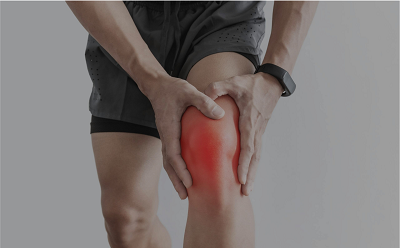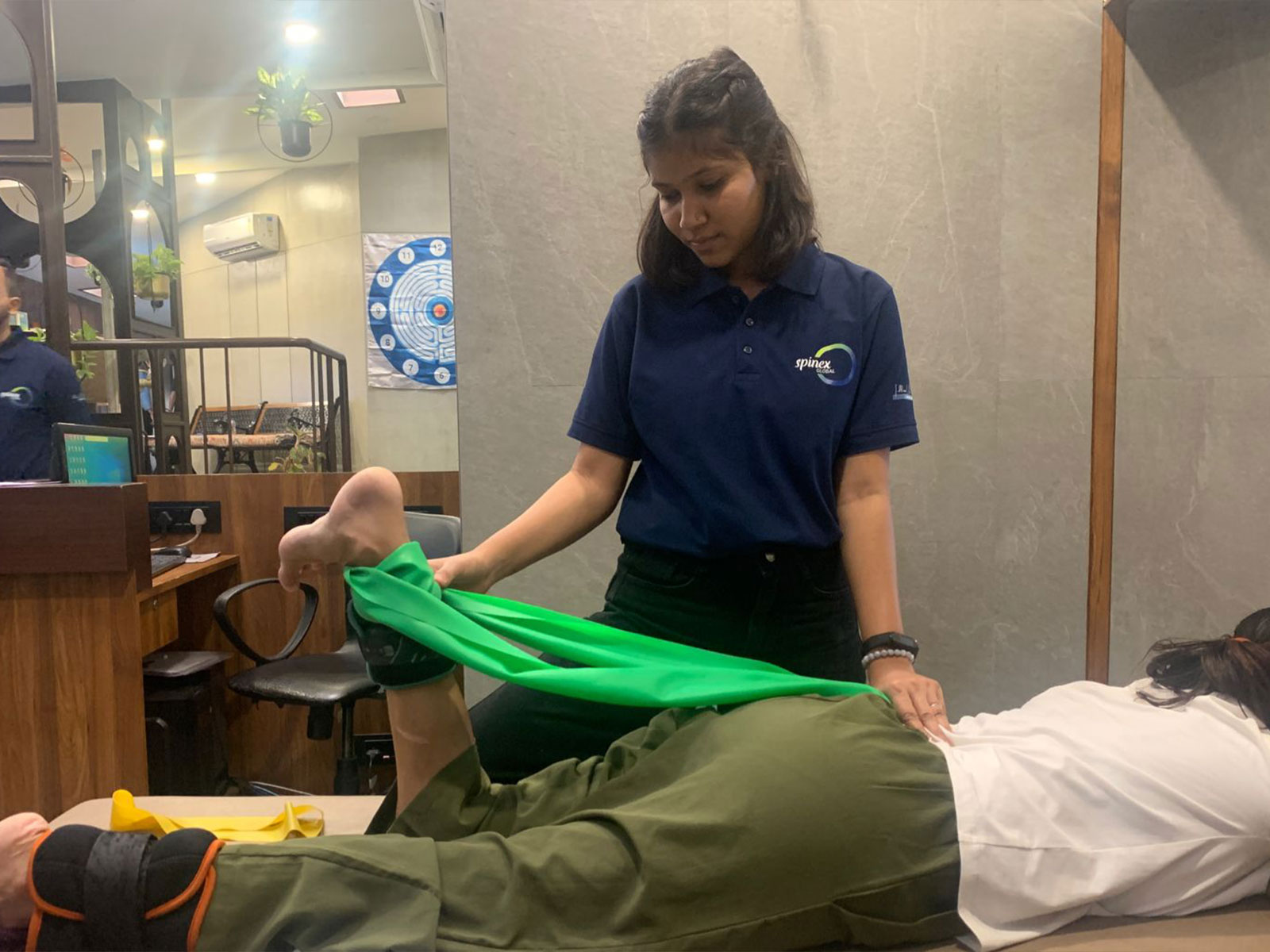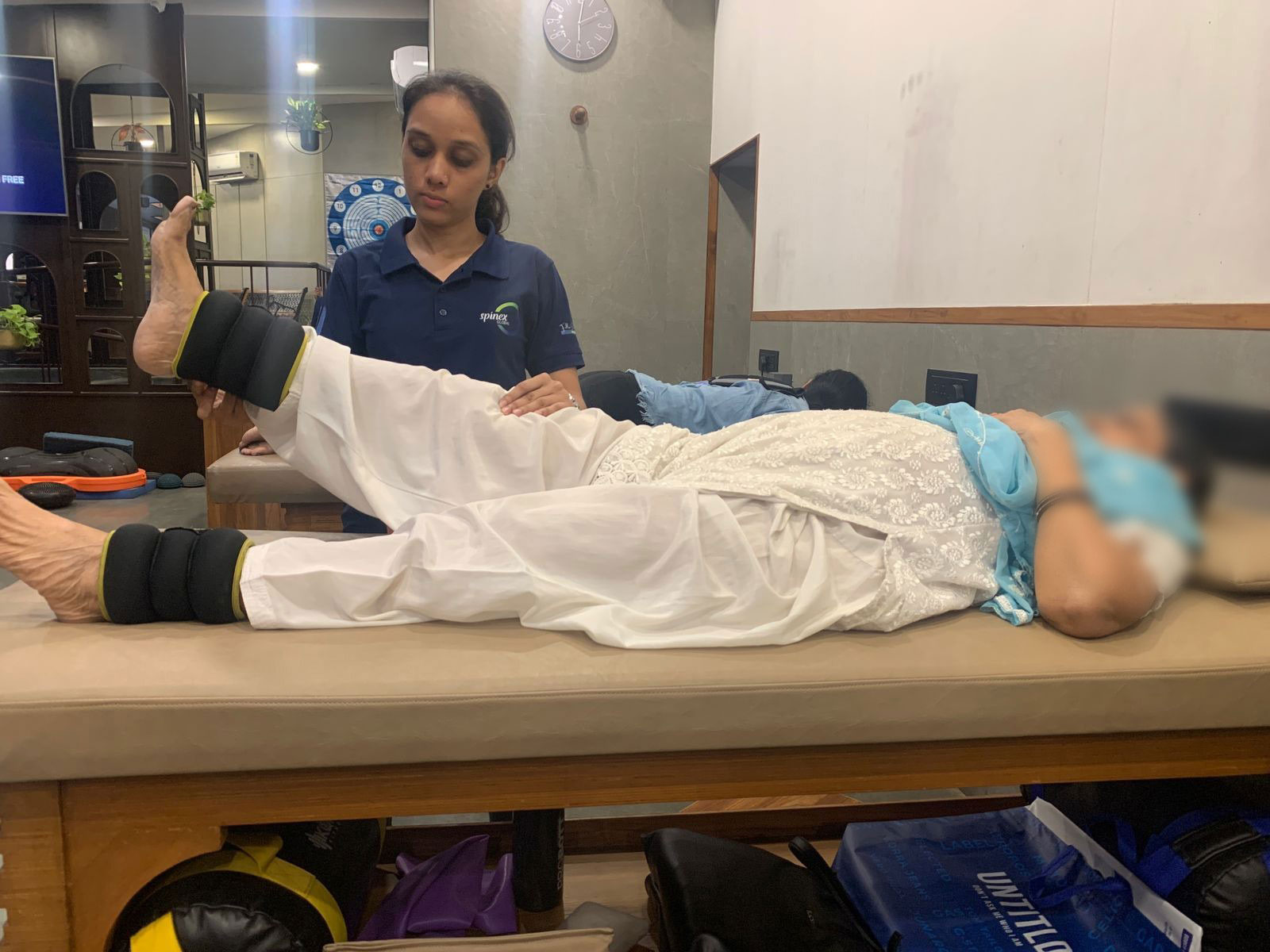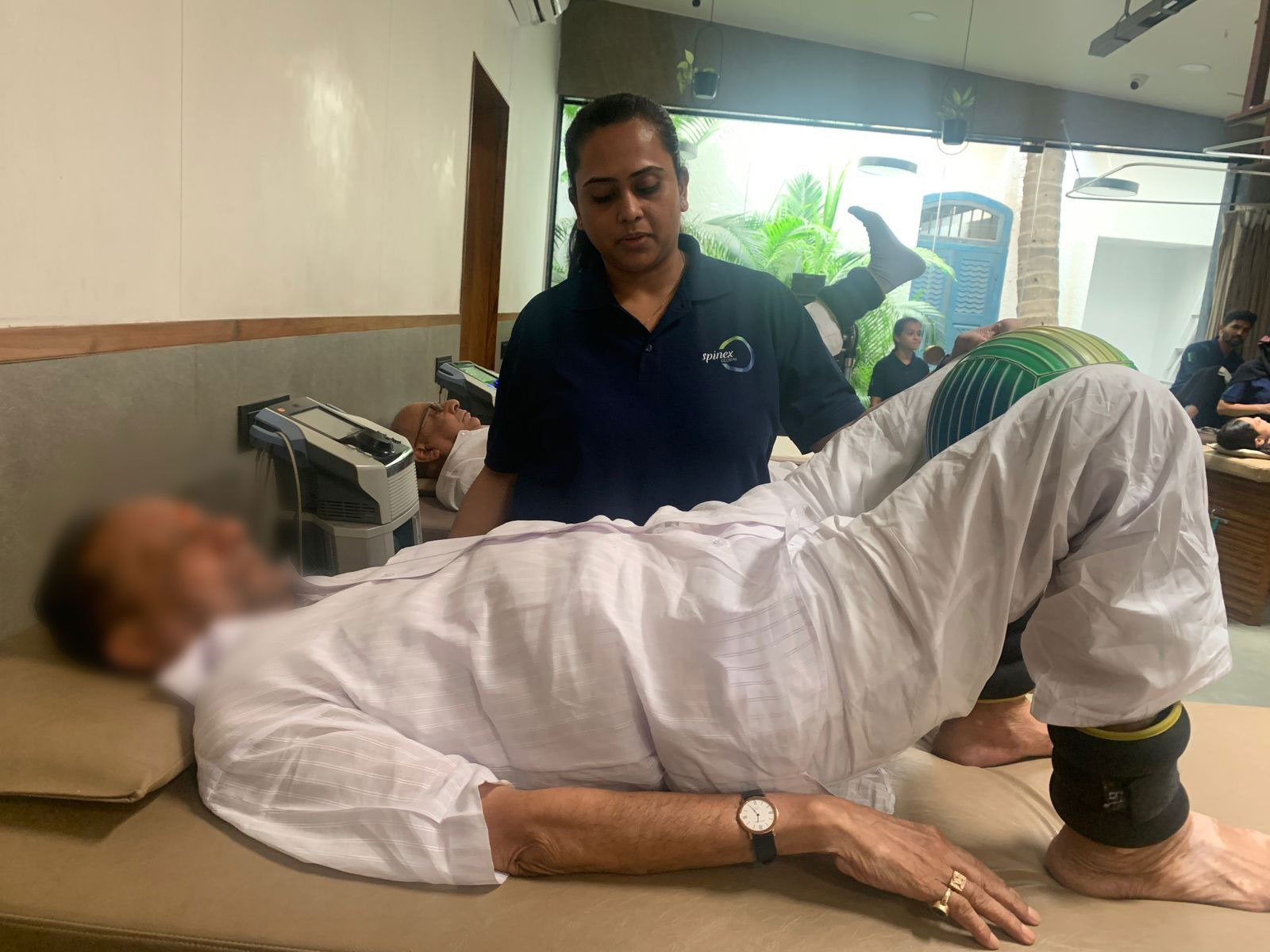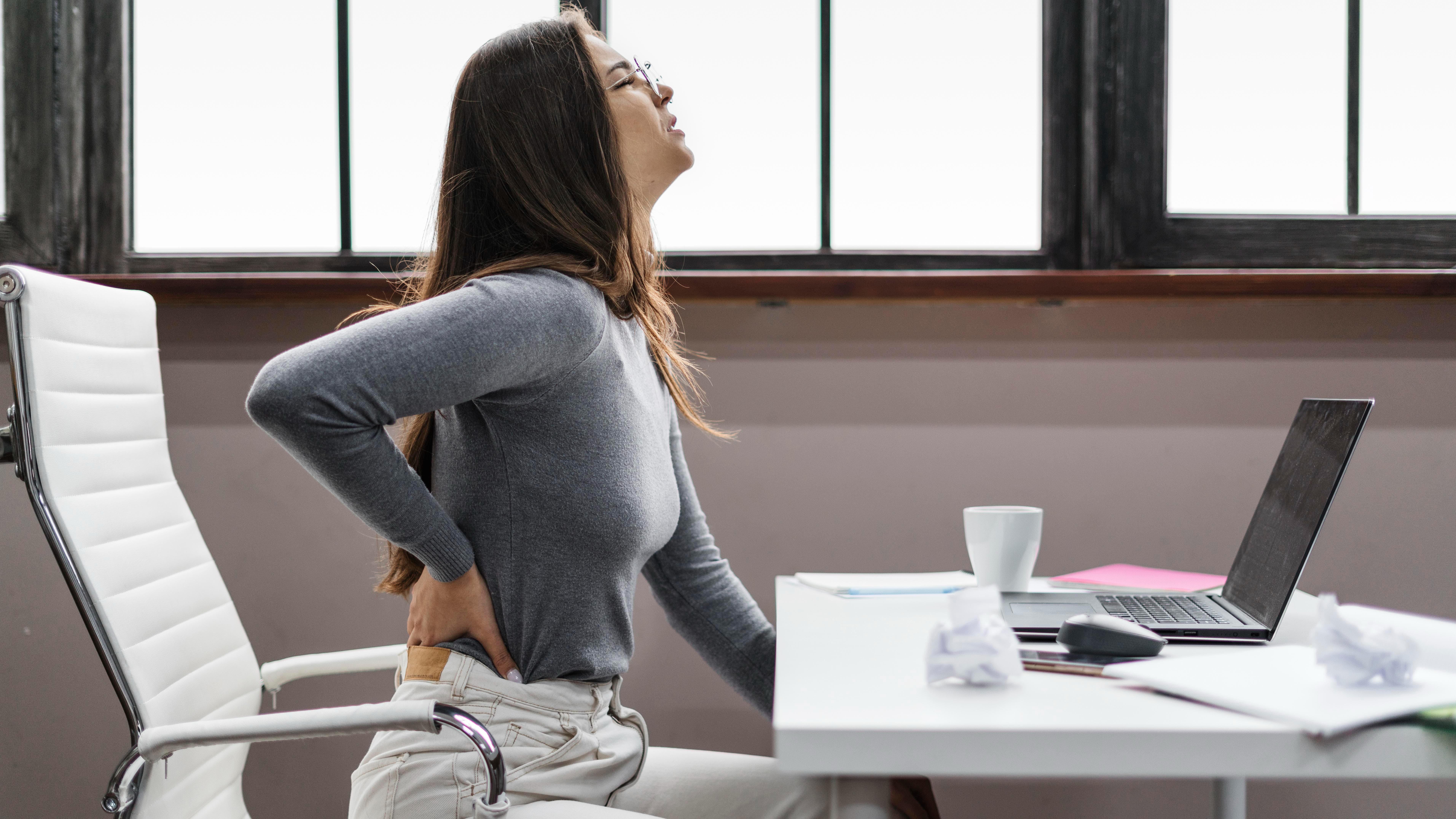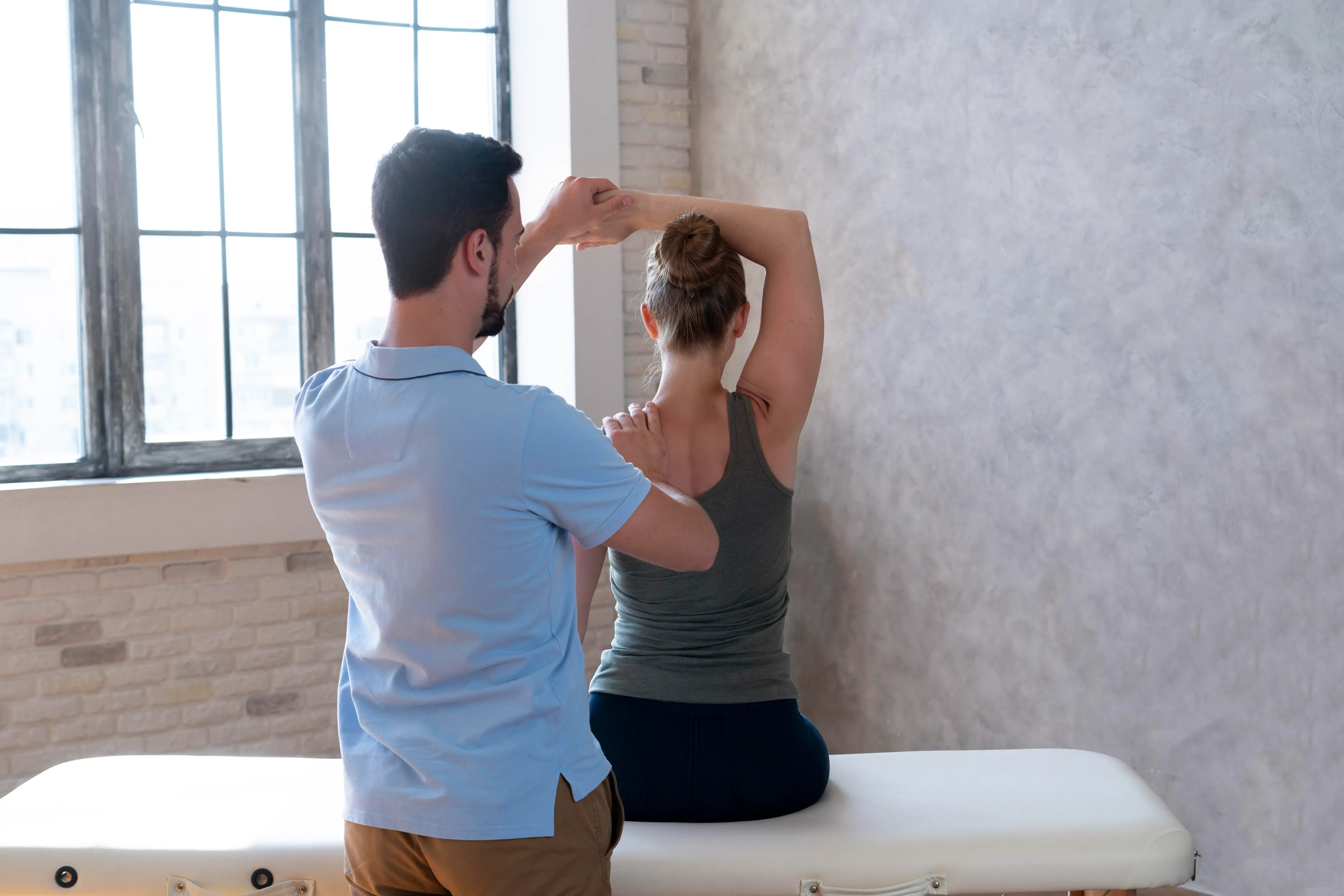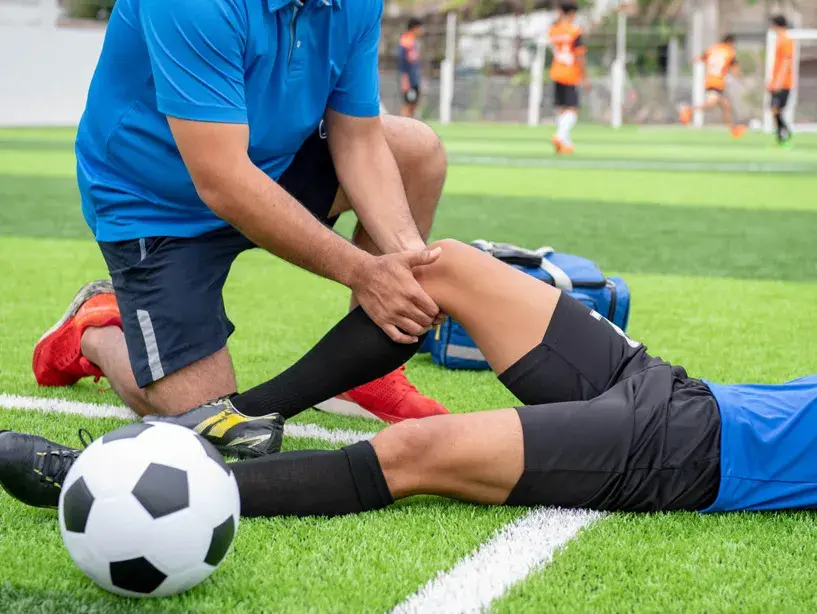Introduction :-
Knee pain can be caused by a variety of conditions, including arthritis,
trauma, and overuse. While a correct diagnosis and treatment plan should be
obtained from a healthcare professional, the following home treatments may
help ease knee pain:
1. Rest and Activity Modification :-
Rest: Avoid activities that make the pain worse.
Activity Modification: Instead of high-impact activities like running, choose
low-impact workouts like swimming or cycling.
2. Cold and Heat Therapy :-
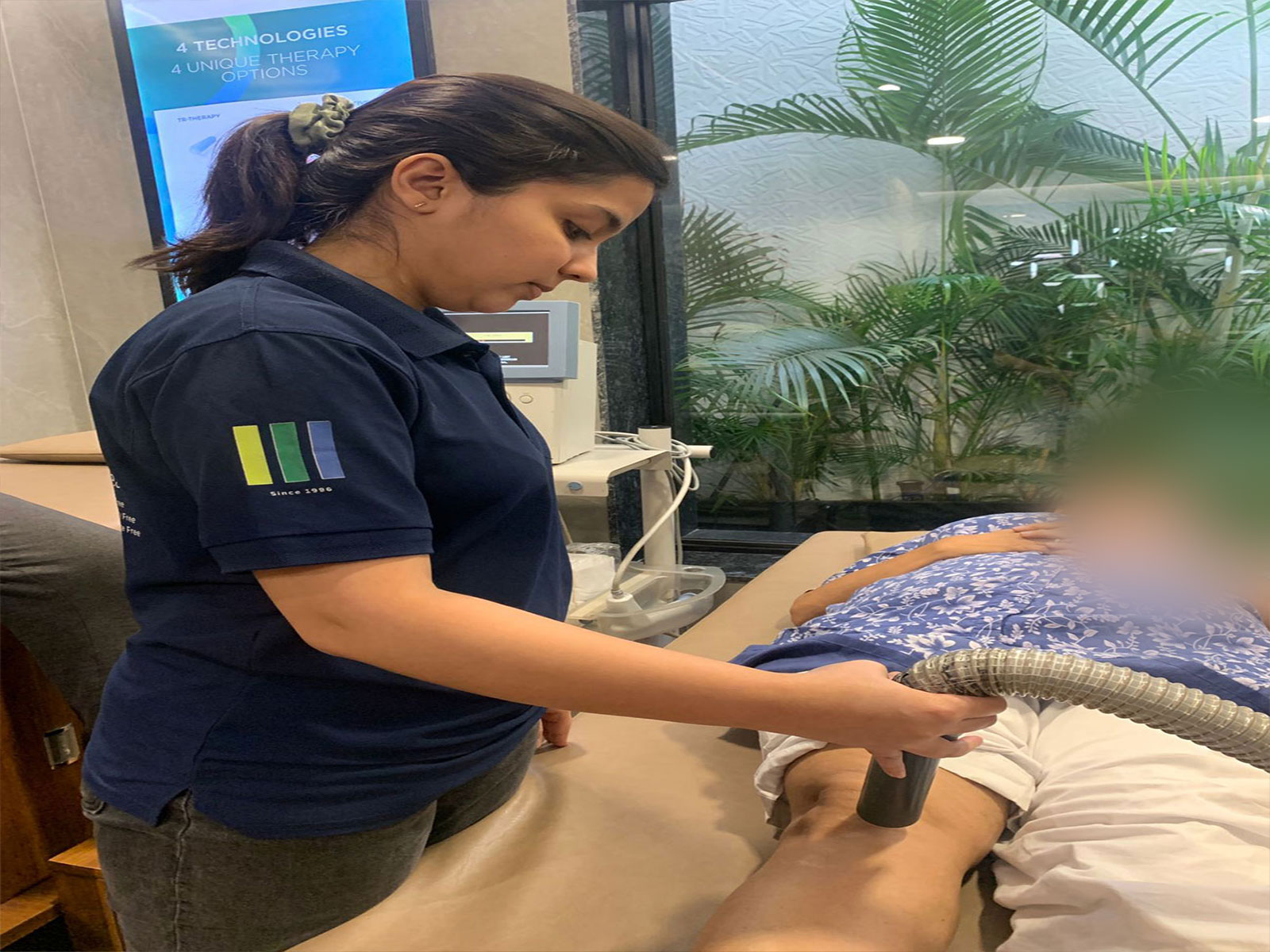
Cold Therapy: Apply ice packs to the knee for 15-20 minutes two to three
times each day to minimize swelling and pain
Heat therapy: involves using a warm towel or heating pad to relax muscles and
promote circulation, which is especially beneficial for chronic pain or stiffness
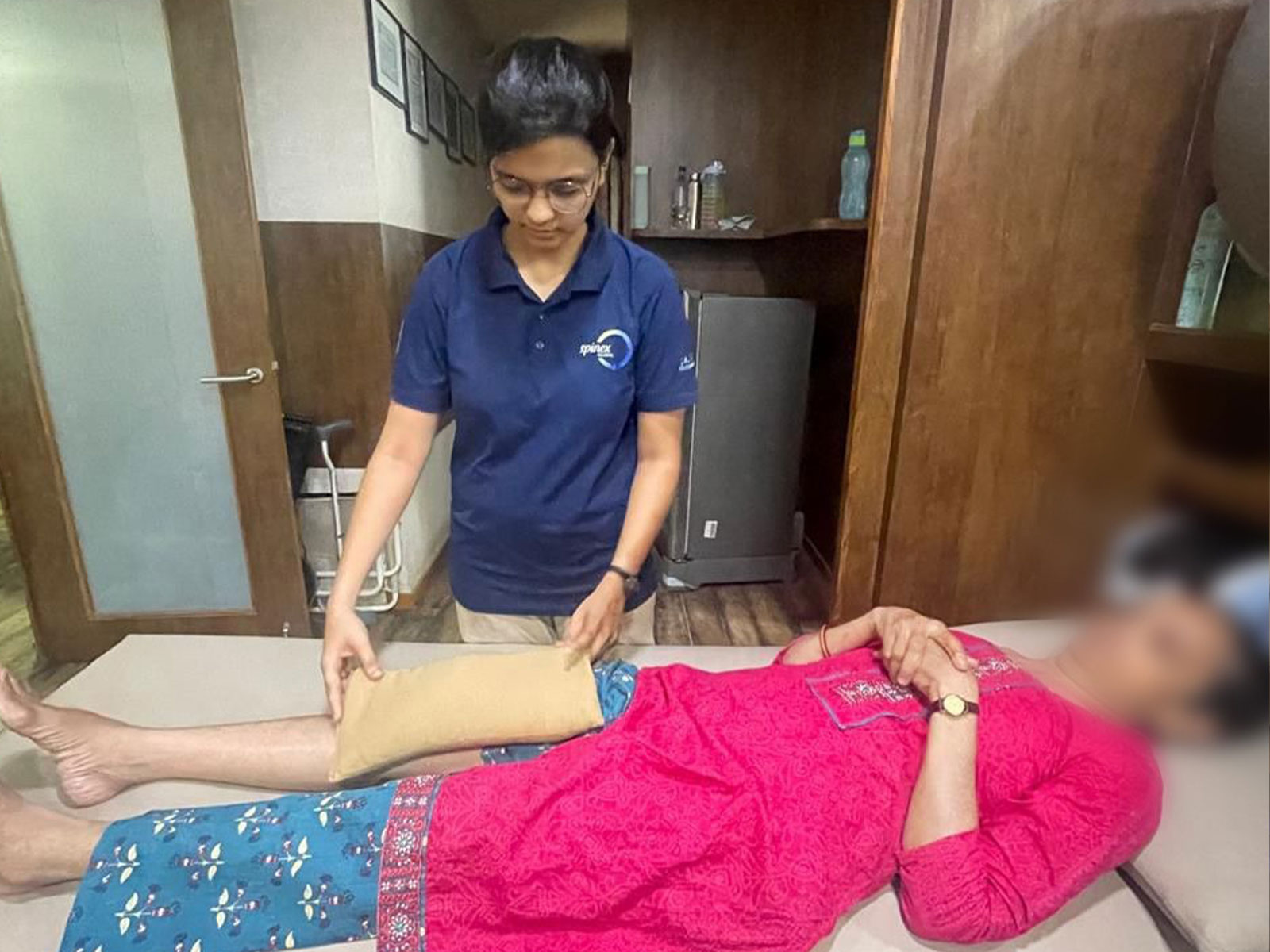
3. Compression and elevation :-
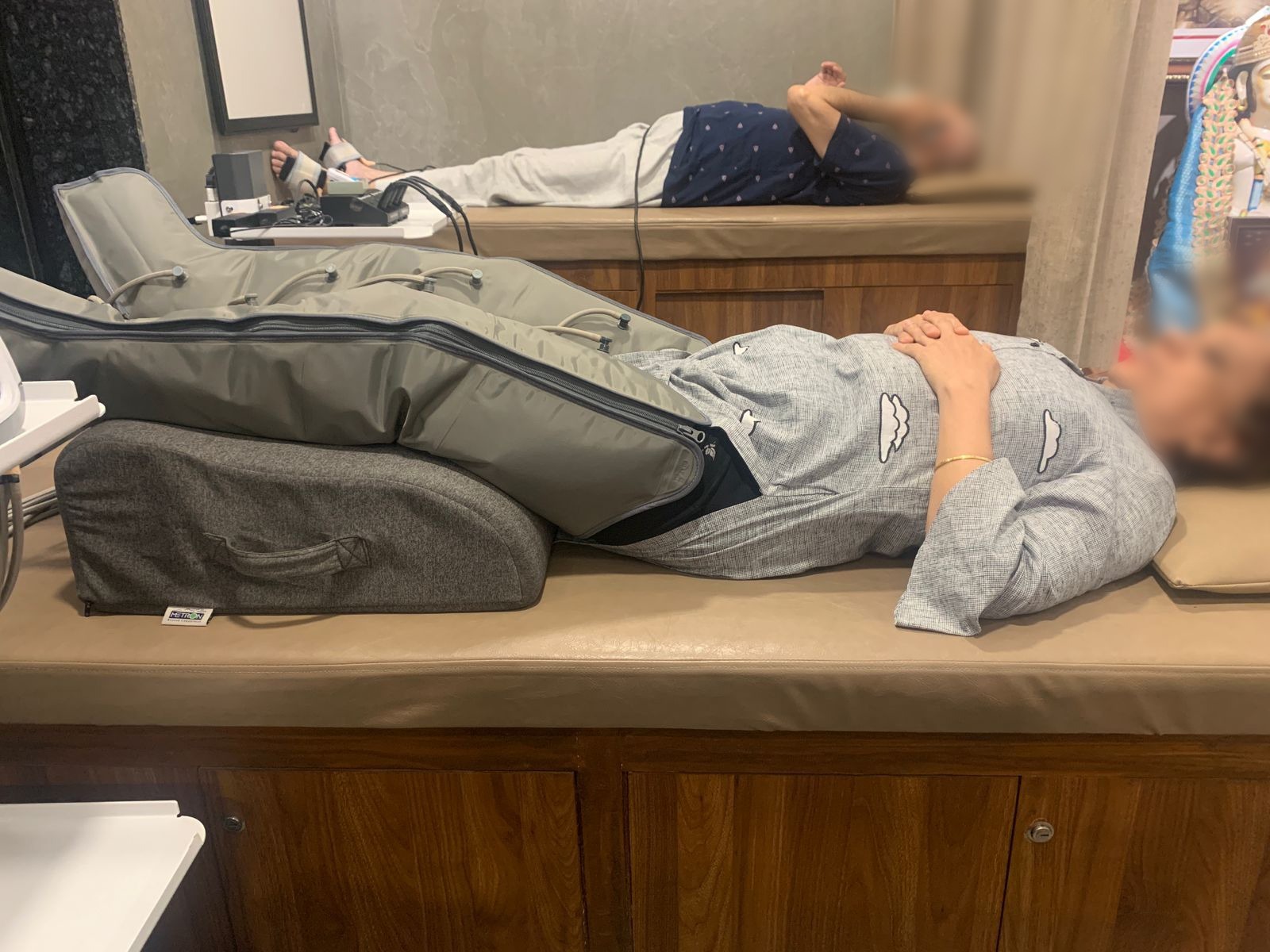
Wear an elastic bandage or knee brace to help support and decrease swelling.
Elevating the leg while resting helps to minimize swelling by enabling fluids to
flow away from the knee.
4. Topical treatments :-
Essential oils: Eucalyptus and lavender oils are effective anti-inflammatory and
pain relievers. Combine a few drops with a carrier oil and massage gently.
5. Diet and supplements :-
Anti-inflammatory Diet: To reduce inflammation, eat foods high in omega-3
fatty acids (such as salmon and flaxseed), antioxidants (such as strawberries),
and turmeric.
Supplements: Before taking any new supplement, consult with your doctor
7. Weight Management :-
Maintaining a healthy weight relieves pressure on the knees, reducing pain and
preventing additional damage.
8. Massage :-
A gentle massage around the knee can improve circulation, reduce stiffness, and
relieve discomfort. Apply light pressure and consider using massage oil for
extra comfort.
9. Hydrotherapy :-
Soaking in a warm bath or a hot tub can help to relax the muscles and joints,
relieving pain and stiffness.
10. Herbal remedies :-
Ginger: Ginger is known for its anti-inflammatory effects and can be taken as a
tea or applied topically as a paste with warm water.
Turmeric: Curcumin, the primary component in turmeric, has
anti-inflammatory properties. It can be consumed as a supplement or used in
cooking.
11. Proper footwear
:-
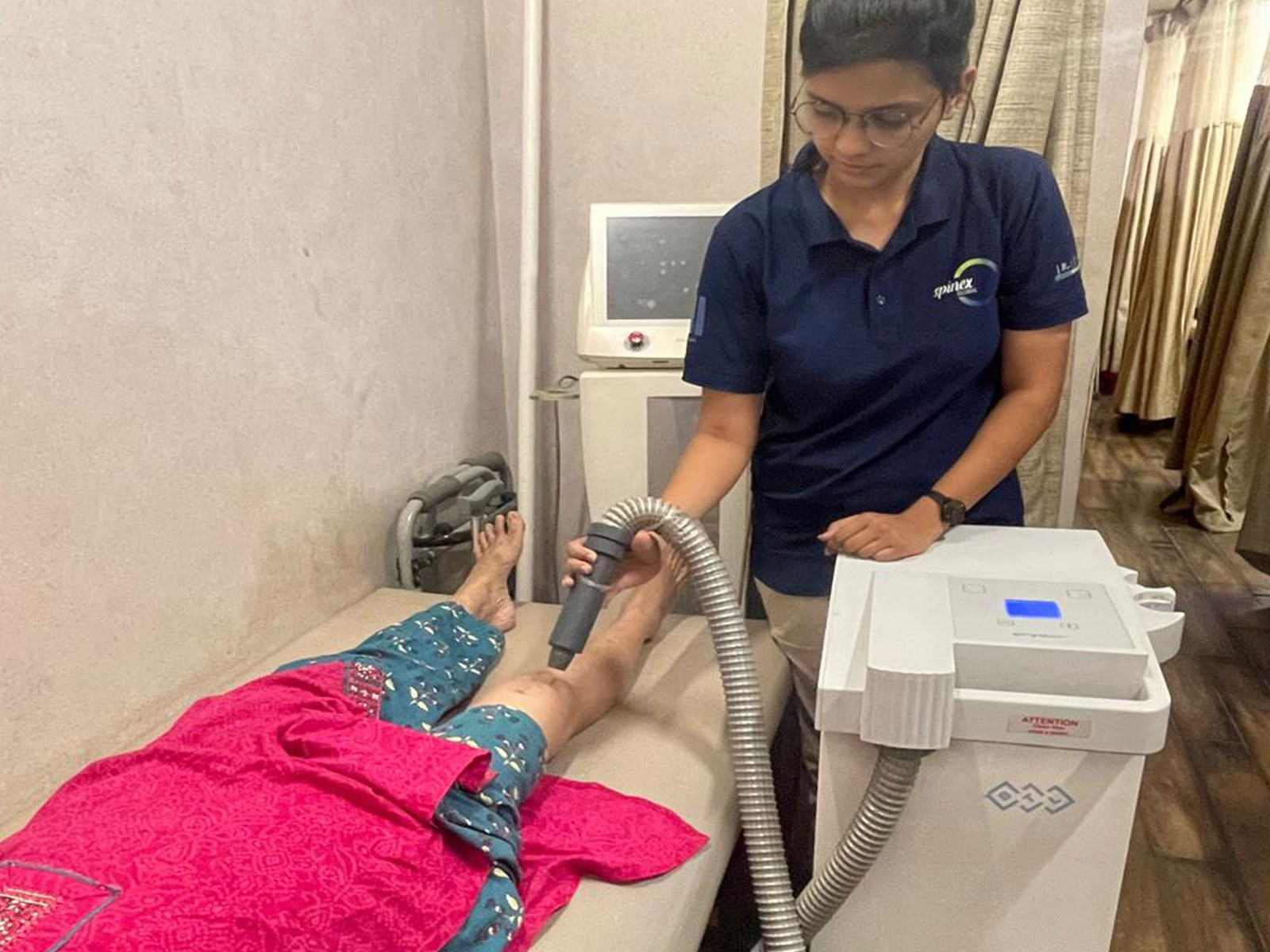
Wearing shoes with strong arch support and cushioning can help with knee pain,
particularly if it is caused by prolonged walking or standing.
12. Posture & Ergonomics
:-
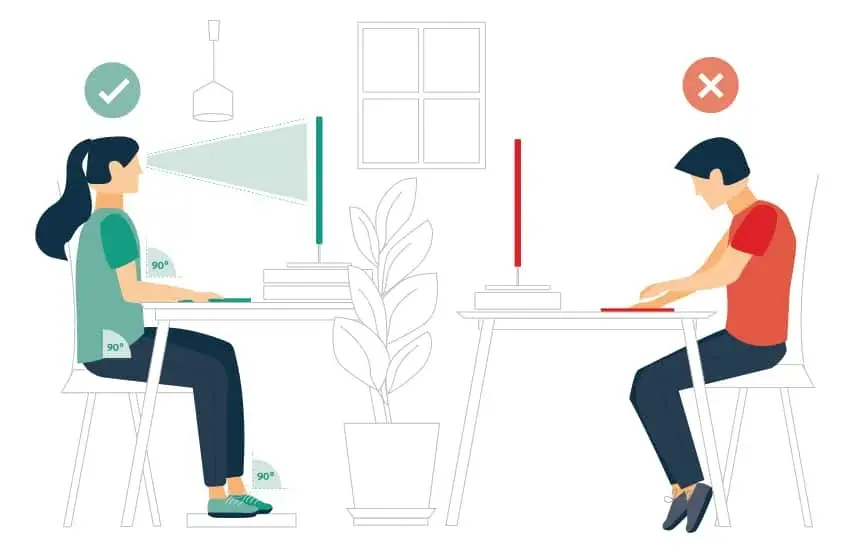
Maintain proper posture to avoid knee discomfort. Use supportive seating and
avoid extended sitting or standing.
Always contact a healthcare practitioner before beginning any new treatment,
especially if you have underlying health concerns or if your knee pain persists.



